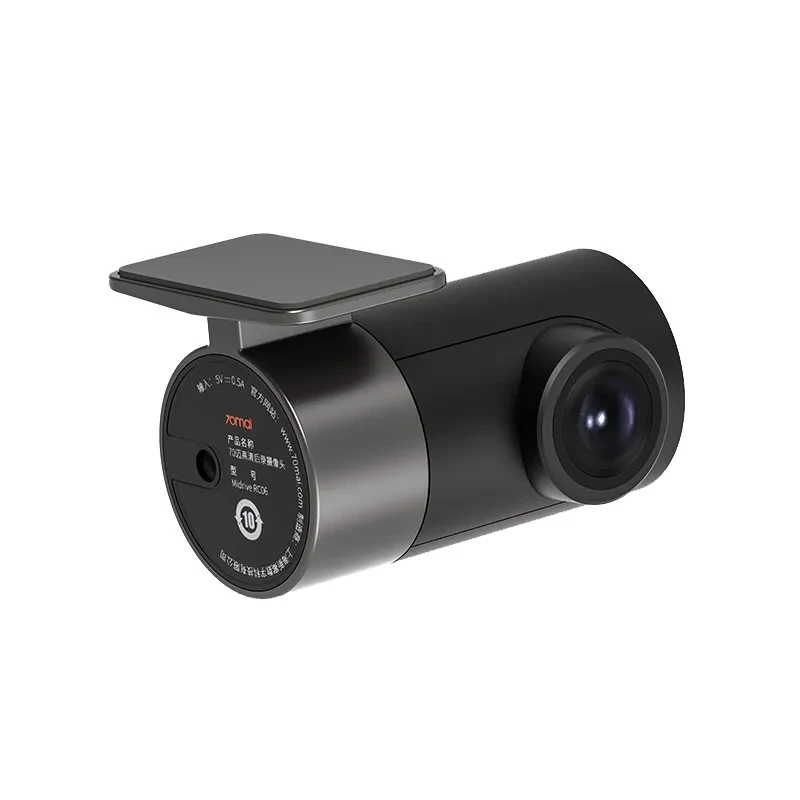
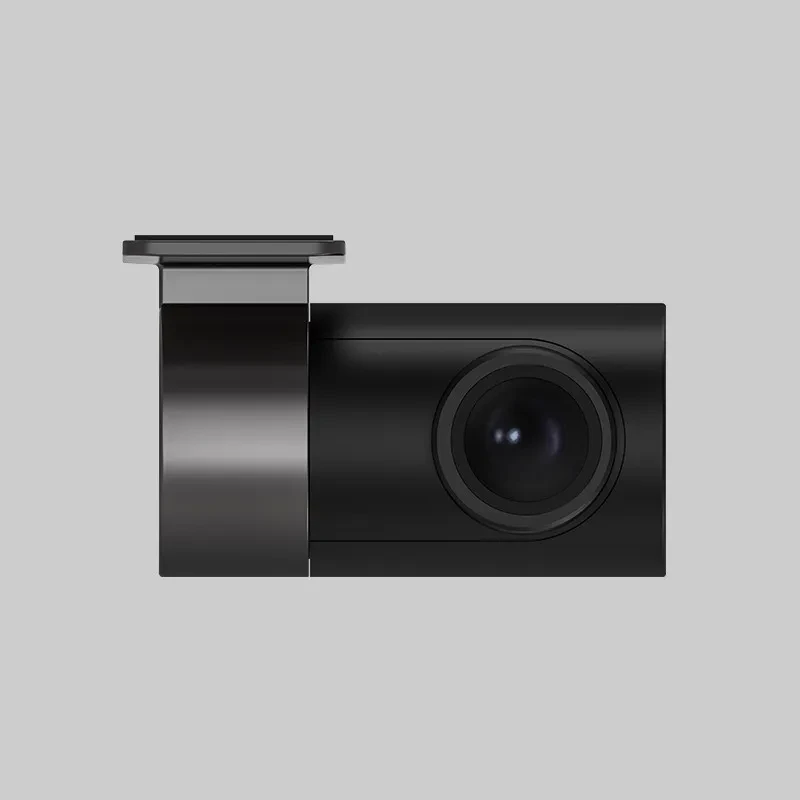
Rear Backup Camera Wiring Diagram
Approx $41.77 USD
Overview:
4K HD rear camera in car
0Specification:
Product name: 4K HD rear camera in car
Power supply voltage: 12 (V)
Product model: Midrive FC01
Resolution: 1920 X 1080
Input parameters: 5V---_ 0.5A
Working temperature: -20°C~70°C
Storage temperature: -30°C~85°C
Package Content:
70 car HD camera*1, static sticker*2, fixed adhesive*1, manual (including three packs of certificates) * 1
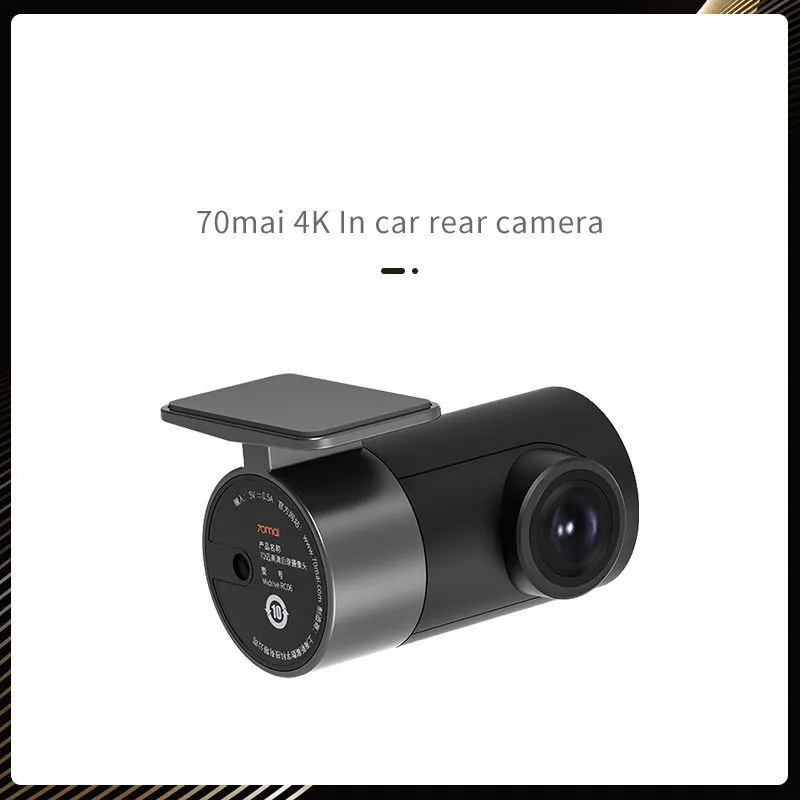
Rear Backup Camera Wiring Diagram: A Step-by-Step Guide for Installation
Ensure a Seamless Installation for Your Rear Backup Camera
A Rear Backup Camera Wiring Diagram is essential for anyone looking to install a rearview camera system in their vehicle. This detailed guide outlines the necessary wiring steps to connect the camera, power supply, display, and reverse trigger wire for a flawless backup camera installation. Whether you're upgrading your vehicle with a new safety feature or adding a camera for easier parking, this diagram ensures that your system is installed correctly and functions smoothly.
Key Components for Rear Backup Camera Wiring:
- Backup Camera (Rearview camera)
- Display Monitor (Dash screen or vehicle-mounted screen)
- Power Cable (12V power supply)
- Video Cable (RCA or other types of video cables)
- Reverse Trigger Wire (Signals the camera to activate when in reverse gear)
- Grounding Wire (For electrical grounding)
Step-by-Step Rear Backup Camera Wiring Process
Installing a rear backup camera system can seem intimidating, but with the right tools and wiring knowledge, the process is simple and straightforward. Here is a step-by-step guide to help you complete the installation:
1. Connect the Backup Camera to Power
The first step is to connect the camera to a reliable 12V power source. You will need to wire the red power wire of the backup camera to a 12V constant power source. Most commonly, this will come from your vehicle’s fuse box or from an ignition-powered fuse for easy access.
- Red Wire (Power): Connect this to a 12V power supply (either constant or ignition power).
-
Black Wire (Ground): Connect the black ground wire to a metal point on your car’s chassis or use a suitable grounding
terminal.
2. Connect the Video Cable from the Camera to the Display Monitor
Next, you will need to run the video cable from the camera to the display monitor. This cable typically features a yellow RCA connector.
-
Yellow RCA Cable: Connect the yellow RCA video cable from the camera’s video output to the RCA input on your monitor.
This step allows the video signal from the camera to be transmitted to your display, enabling you to see what the camera sees.
3. Install the Reverse Trigger Wire
The reverse trigger wire activates the backup camera when the vehicle is shifted into reverse. This wire needs to be connected to the reverse light circuit, as the reverse light only activates when the vehicle is in reverse.
-
Purple or Reverse Trigger Wire: Connect this wire to the reverse light’s positive circuit. This wire sends a signal to the
camera, turning it on when the vehicle is in reverse.
4. Connect the Display Monitor to Power
Your monitor also needs to be connected to a 12V power source to function correctly.
-
Red Wire (Power for Monitor): Connect the red power wire of the monitor to a 12V power source, just like the backup camera.
-
Black Wire (Ground for Monitor): The monitor’s ground wire should be connected to the vehicle’s chassis or another
grounding point.
5. Test the System
After completing all wiring connections, it’s time to test the system.
-
Shift into Reverse Gear: Once you shift into reverse, the camera should automatically turn on, and the image will be
displayed on your monitor. The video feed should be clear and free of interference. If there are issues, double-check your wiring
connections, especially the reverse trigger wire and power cables.
Benefits of Installing a Rear Backup Camera in Your Vehicle
-
Enhanced Safety: Rear backup cameras help reduce accidents while reversing by providing a clear view of what’s behind the
vehicle. This is especially useful for parking in tight spaces or reversing out of driveways.
-
Convenient Parking Assistance: A backup camera makes parking in crowded or narrow spaces much easier by providing a direct
visual guide.
-
Increased Vehicle Value: Installing a rear backup camera can increase your vehicle’s resale value, as many modern cars come
equipped with this technology.
- Peace of Mind: Knowing that you have a clear view of what’s behind you while driving or parking provides added peace of mind.
Conclusion: A Simple Guide to Installing Your Rear Backup Camera System
Installing a Rear Backup Camera Wiring Diagram system is a great way to enhance your vehicle's safety and convenience. Whether you are upgrading an older vehicle or adding a rearview camera to a new one, the process is straightforward with the right wiring diagram and tools. By following the step-by-step instructions provided here, you can ensure a seamless installation and enjoy the added security and ease that a backup camera provides.
The product may be provided by a different brand of comparable quality.
The actual product may vary slightly from the image shown.
Shop amazing plants at The Node – a top destination for plant lovers




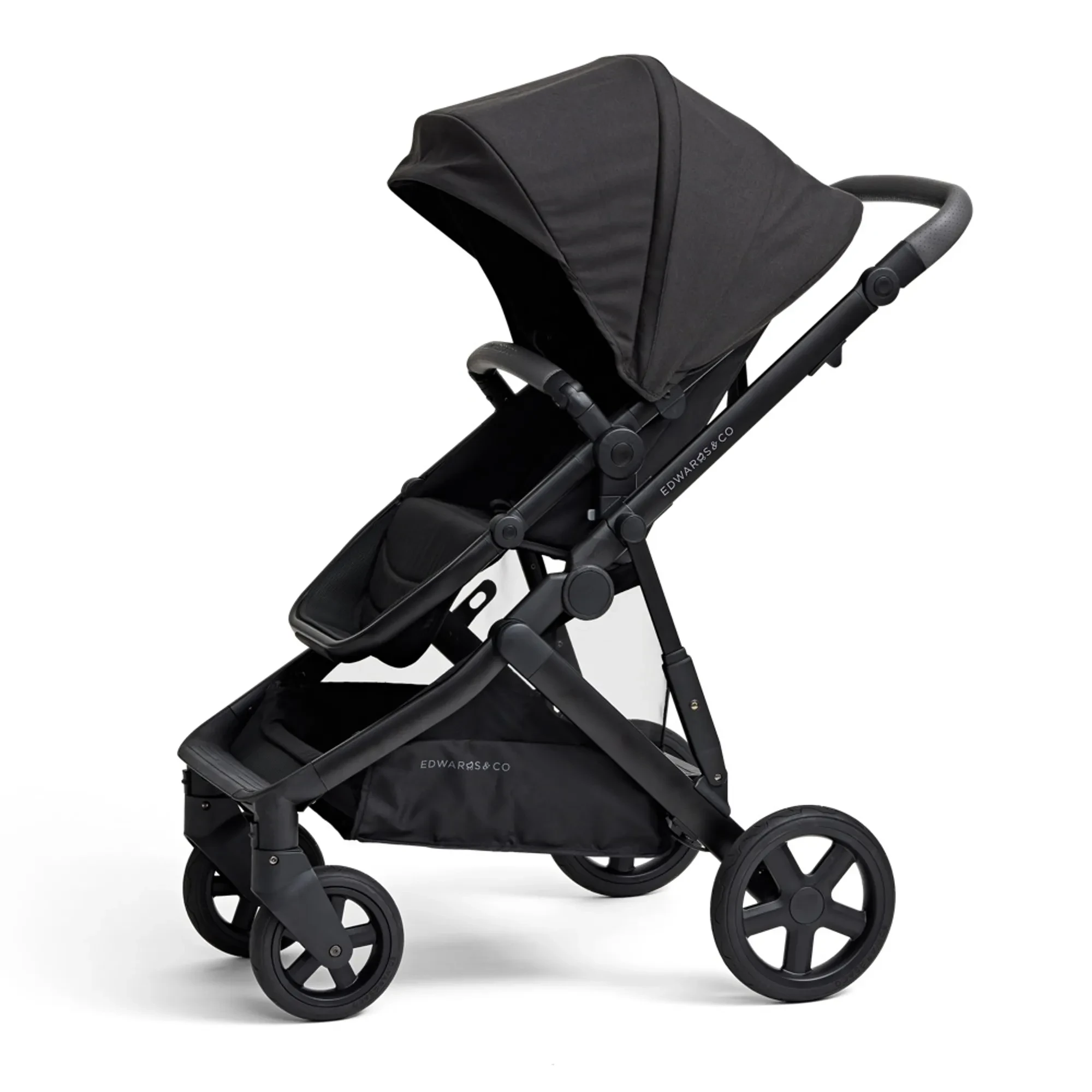
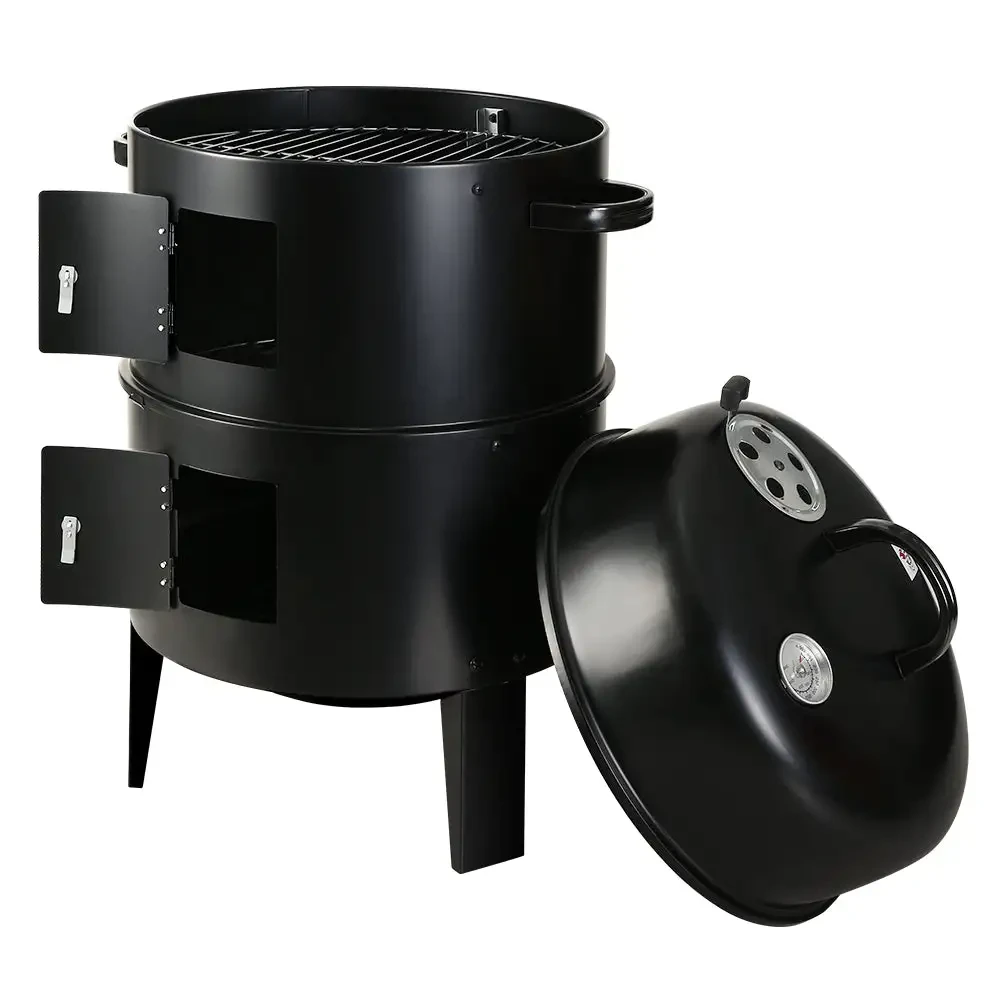

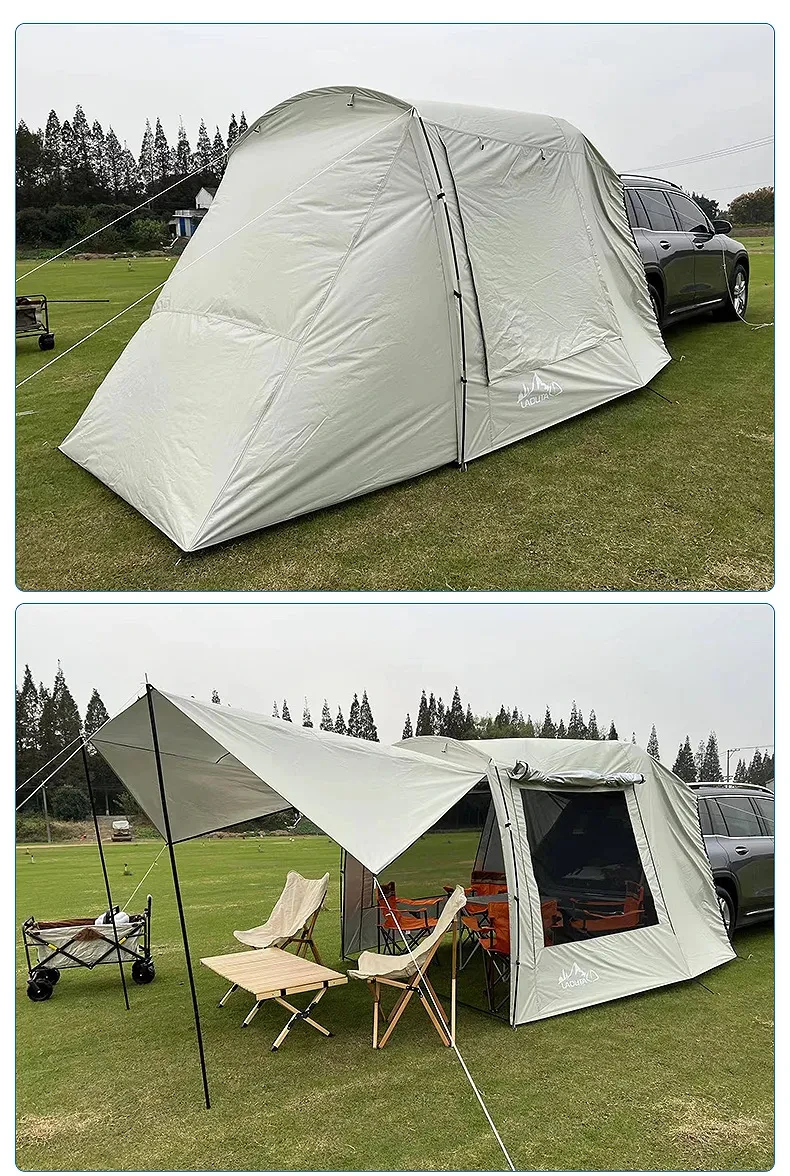
.webp)
.webp)

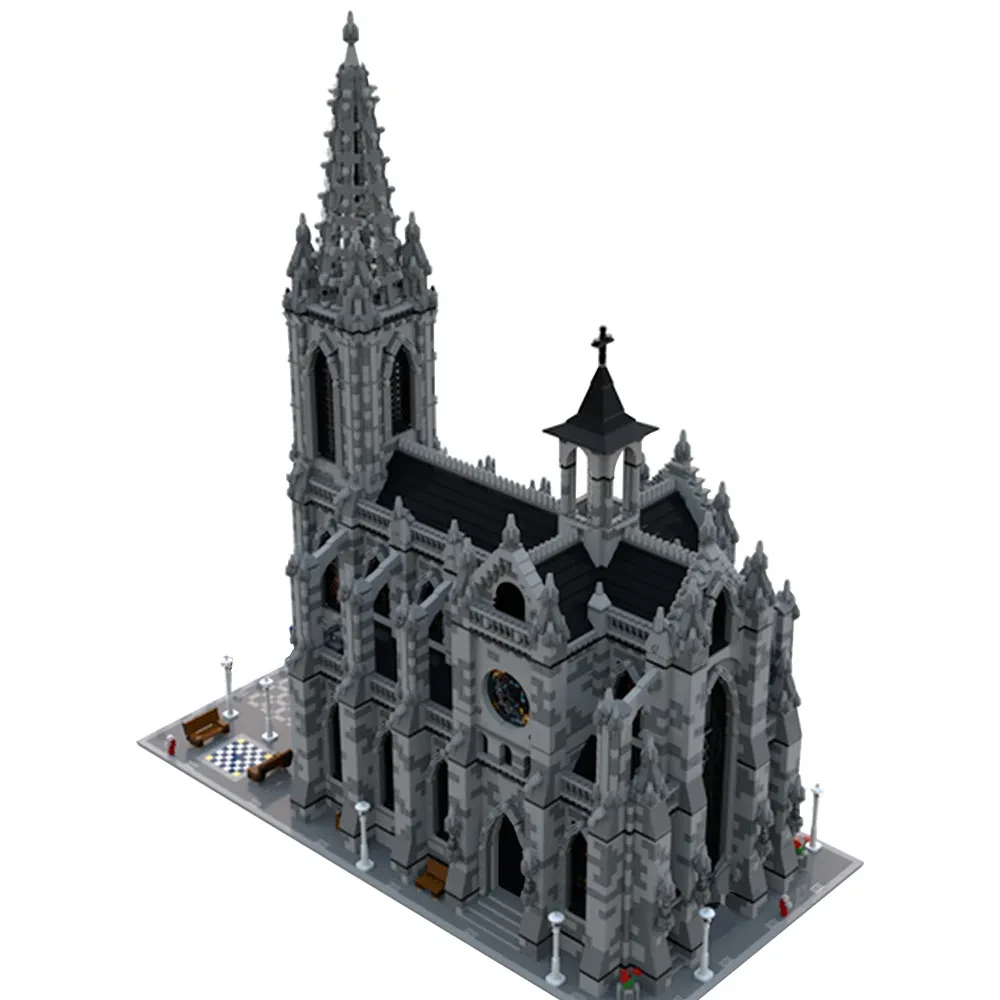



.jpg)

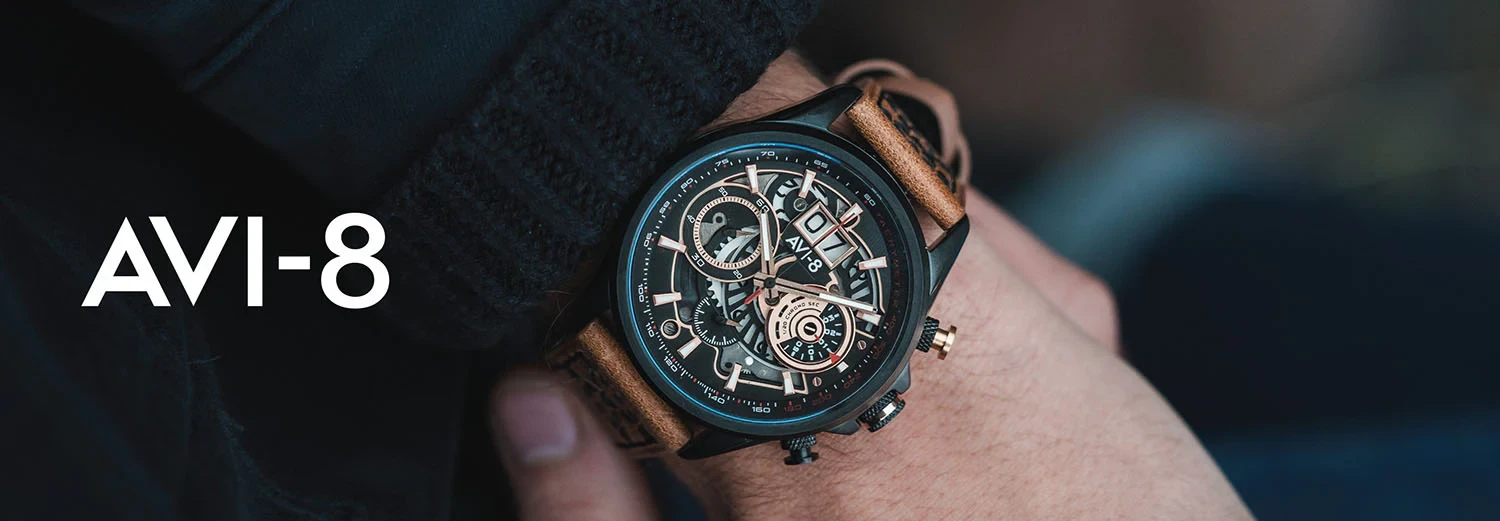







.jpg)





.jpeg)





.jpeg)



.jpeg)








.jpeg)



.jpeg)

.jpeg)

.jpeg)

.jpeg)




.jpeg)
.jpg)

.jpeg)






.jpeg)
.jpeg)




.jpeg)





.jpeg)


.jpeg)

.jpeg)

.jpeg)

.jpeg)







.jpeg)
.jpeg)
.jpeg)





.jpeg)



.jpeg)






.jpg)
.jpeg)









.jpg)


ulva-Logo.jpg)




.jpeg)



.png)















.png)























